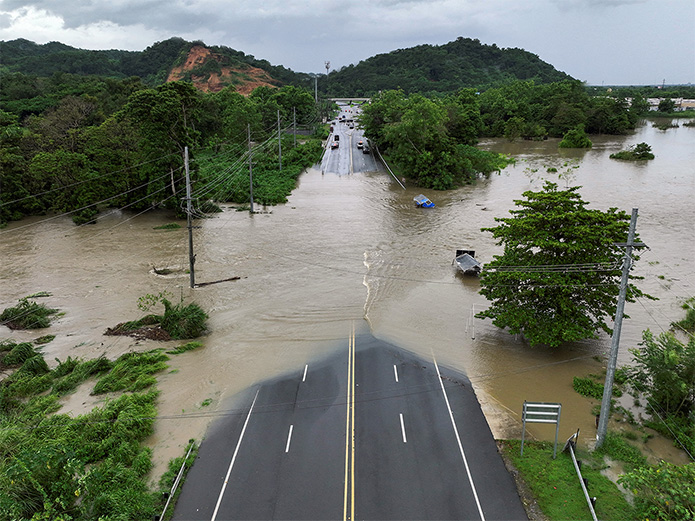IMPACT OF CLIMATE CHANGE ON SURFACE WATER RESOURCES
4/7/25

Water is essential for life and is a key in regulating the global climate by transferring heat. However, climate change significantly threatens surface water resource availability, quality, and distribution due to rising temperatures, altered precipitation patterns, rising sea levels, and extreme weather events disrupting hydrological cycles. Photo credit: TajdidProtik via Shutterstock
Water is essential for life and is a key in regulating the global climate by transferring heat. However, climate change significantly threatens surface water resource availability, quality, and distribution due to rising temperatures, altered precipitation patterns, rising sea levels, and extreme weather events disrupting hydrological cycles. Climate models project that the Earth’s global average temperature would increase by an extra 4°C in the twenty-first century if greenhouse gas concentrations persist. The global average precipitation may rise by 7% for each degree of temperature increase, indicating a future characterized by increased rainfall and snowfall and a higher risk of flooding in certain areas. The planet has surpassed the 1.5°C threshold for global temperature increase, causing thermal stratification in water bodies, reducing oxygen levels, and harming aquatic life. Additionally, rising sea levels contribute to the salinization of coastal freshwater resources. For instance, by the 2050s, a 20–30% reduction in renewable water resources is projected in numerous semi-arid and arid regions due to climate change, with water scarcity intensifying, potentially costing certain areas up to 6% of their GDP. Conservation strategies such as integrated water resource management (IWRM) and wetland restoration are essential to mitigate these impacts and ensure the sustainability of water resources.





Watch the video here:


